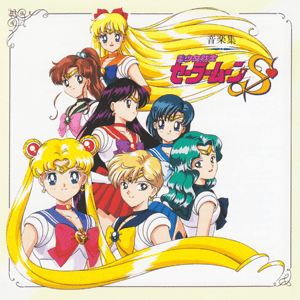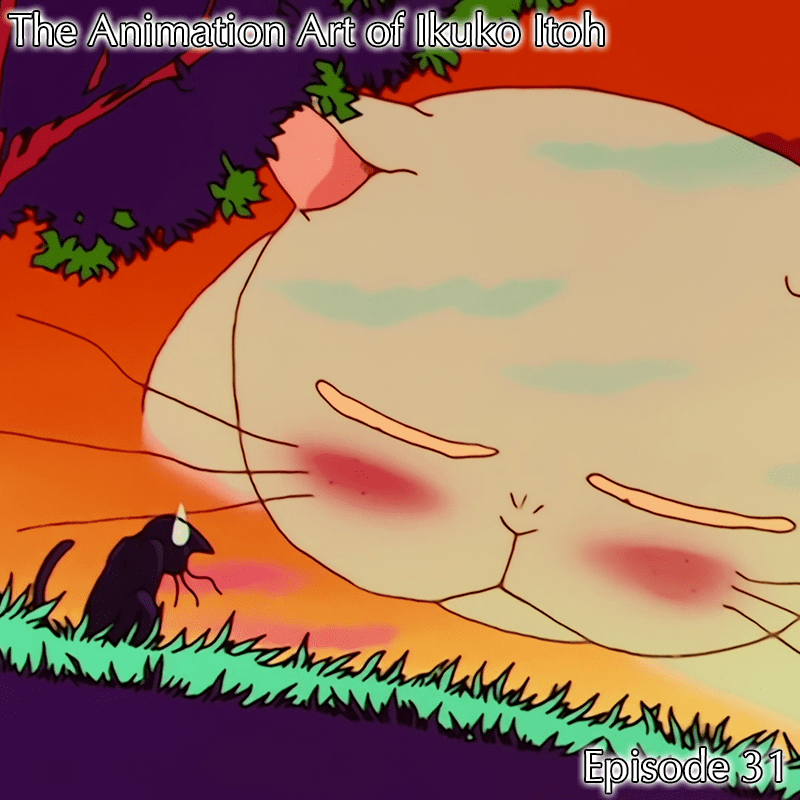
The 90s English Dub Is Canadian
This article is intended to explain why referring to the 90s English dub as the “American” dub is incorrect. Although Canada is part of North America, “American” is an adjective exclusively used to refer to something/someone from the United States. Referring to a Canadian person/place/thing as “American” is completely incorrect, and frankly is borderline erasure. Please don’t do it. 😉
As a Canadian Sailor Moon fan living in Toronto, I take a lot of pride in knowing that the 90s English dub of Sailor Moon was produced here in Canada. Yes, it has its flaws. But many of us credit the DiC & Cloverway dubs for introducing us to the series. The dub also has very good voice acting, and in the case of the DiC dub, great music & high production values. In October 2013 I attended Unplugged Expo, a “geek” themed convention that reunited most of the original voice cast of the first 65 dubbed episodes. They are all funny, kind, insightful and wonderful people. And they’re almost all Canadian.
Optimum Productions is based out of Mississauga, Ontario, which is a city just west of Toronto. All of the scripting, recording, composing and editing was done there. American audiences were the main marketing target, as the plan was to sell the series for syndication to American television channels (plus there are a lot more Americans in general). However, the dub was not produced solely for an American audience. The series premiered on Canadian channel YTV first, on August 28th, 1995. I happened to tune in that very day – I get the bragging rights that I was one of the first North American fans. 😉 American channels began airing the series a few weeks later. The series was fairly successful on YTV as it was shown on weekday afternoons, whereas American channels were airing Sailor Moon in ridiculous syndicated time slots, like 6 am on UPN.
For the first few years of Sailor Moon fandom, it was much more popular in Canada than it was in the US. The website S.O.S. (Save Our Sailors) was an attempt to unify the community and send out a message that we wanted the rest of the series dubbed. It took a LONG time for the “campaign” to work, and a lot of money was spent on merchandise, such as the Irwin dolls and toys (which were, yup, produced in Canada). We got the last 17 episodes of R in 1997, the three movies were released around 1999, and finally S and SuperS were dubbed around 2000. That’s FIVE years we had to wait – and the series was never even completed.
The last episodes of R and the three movies were handled by DiC, but their licensing rights would expire afterwards. Enter Cloverway. They are the international branch of Toei Animation, and they took over dubbing Sailor Moon S & SuperS 2 years later. This time, Cartoon Network was holding the televising rights (as the reruns they were airing in their Toonami programming block were very popular), and were putting pressure on Cloverway to deliver the new episodes as soon as possible. Now, although there is a distinct difference in style between Cloverway and DiC, the scripting, dubbing & editing was still handled by Optimum Productions.
This time, American audiences got the preferential treatment. The “new” episodes began airing on Cartoon Network in 2000. YTV wouldn’t get these episodes for several months later. The biggest hurdle the Cloverway dub faced was that the episodes were ridiculously rushed, thanks to Cartoon Network pressuring them. The writers were obviously not agreeing (or even discussing with each other) on the direction they wanted to take the series or the names for terms, which would switch from episode to episode. (There apparently was no series bible, which is a major no-no in television writing.) The music was left unchanged – and I’m not sure if this was a conscious “Let’s keep it more like the original” decision, or because they simply didn’t have time/money to compose new music for the series. Note that “Tear Our Hearts In Two” and “Let’s Fight” are just straight lyric rewrites of “Ai No Senshi” and “Sailor Team no Theme” rather than new songs. Two episodes (#119 and #152) were skipped in their initial run because Optimum hadn’t finished digitally censoring them yet – that’s how rushed this whole thing was.
Speaking of censorship, people repeatedly use the term “Americanization.” Although it is definitely true that many Japanese cultural aspects of the series were changed to suit Western ones, as well as 90s slang being inserted into the dialogue, it is important to remember that Americans were not the sole audience of the series, and it was Canadians who were writing the scripts. Canadian and American culture isn’t that different. The more appropriate term would be “Westernization.”
Nudity, violence, homosexuality etc were just as taboo in Canadian children’s television as they are in American television. (And although things are slowly changing, the key word is slowly.) So the censorship was not made solely to fit the needs of American audiences, but for all English-speaking children’s audiences. They were definitely shooting for a younger audience than the original content seemingly dictates – this does NOT mean that the original Japanese series was intended for teens. If you YouTube some of the Japanese toy commercials, they feature little girls playing with the toys. Nakayoshi Magazine, which originally printed the manga, is aimed at a female audience aged 9-15. (Accordingly, the manga has somewhat more mature content than the anime.) Regardless, Sailor Moon has always been intended for children. Most “Toyetic” series are. If the anime had been translated faithfully and not censored in any way, for a Western audience, it would have been aimed at teens. But it wasn’t. It’s important to be aware that we are judging/perceiving the Japanese series from a Western lens. We have very different cultures and very different values.
There is an entire world of Sailor Moon fandom out there, and Americans are just one part of it. If you got into the series via the English dub, please give credit to the Canadian actors, writers, composers, etc for producing it. America is powerful, America is populous, and America produces most cultural media. But don’t forget Canada exists too! 😉
You May Also Like

Sailor Chibi-Moon/Chibi-Usa Wallpapers
January 27, 2021
Scans: Sailor Moon S Soundtrack
April 11, 2022

One Comment
Pingback: